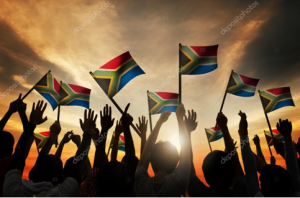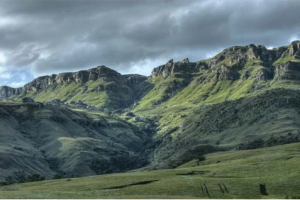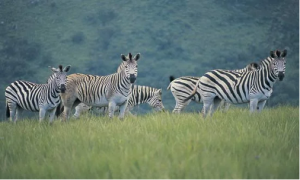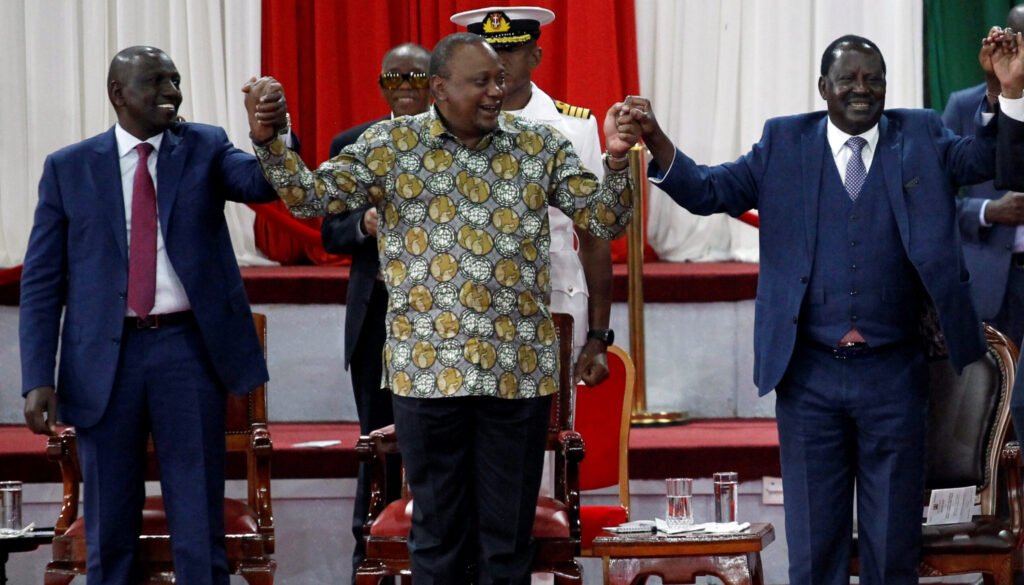A renowned country on the African continent known for its varied topography, great natural beauty, and cultural diversity is no other than South Africa.
This country can be located on the southernmost part of the African continent. South Africa is one of the favoured destinations for travellers since the legal ending of apartheid (racial separation) in 1994.
South Africa’s remoteness makes it lie thousands of miles distant from major African cities such as Lagos and Cairo. This also makes it more than 6,000 miles away from most of Europe, North America, and Eastern Asia, where most of its major trading partners are located. And helped reinforce the official system of Apartheid for a large part of the 20th century.
South Africa has three cities that serve as capitals: Pretoria (executive), Cape Town (legislative), and Bloemfontein (Judicial). Johannesburg, the largest urban area in the country and a Centre of commerce, lies at the heart of the populous Gauteng province.
Political equality and economic stability, however, do not necessarily mean social tranquillity. South African society at the start of the 21st century continued to face steep challenges, rising crime rates, ethnic tensions, great disparities in housing and educational opportunities, and the AIDS pandemic. But today, South Africa enjoys a relatively stable mixed economy that draws on its fertile agricultural lands, abundant mineral resources, tourist attractions, and highly evolved intellectual capital.
Almost the entire country lies within the temperate zone, and extremes of heat and cold are rare. Its location next to a subtropical high-pressure belt of descending air produces stable atmospheric conditions over most of its surface area, and the climate is generally dry. The climate is greatly influenced by the oceans that surround the country to the east, south, and west.
Natural vegetation varies from savanna (park-like grassland with trees) in the Bushveld and Lowveld of Mpumalanga and Limpopo provinces through grassland with fewer trees on the Highveld. Natural forest is limited to mountainous valleys along the Great Escarpment and a few other favoured localities, in particular the Knysna area of the southern coast. However, human settlement, herding, and cultivation practices have significantly altered natural vegetation for at least two millennia.
SA has a rich and varied mammal life, with more than 200 species, including such large animals as lions, leopards, elephants, rhinoceroses, hippopotamus, baboons, zebras, and many kinds of antelope. Smaller creatures include mongooses, jackals, and various cats such as the caracal. The country contains more than 800 species of birds, such as the bearded vulture, the bald ibis, and the black eagle. Many species of reptiles including more than 100 varieties of snakes (of which one-fourth are poisonous) and an extraordinarily diverse population of insects.
The number of animals declined greatly, however during the expansion of white settlements in the 18th and 19th centuries, and today large mammals exist mainly in the country’s wildlife reserves. The country contains more than a dozen national parks. The largest, Kruger National Park in Limpopo and Mpumalanga provinces, is noted for its populations of rhinoceroses, elephants, and buffalo, as well as a variety of other wildlife.
Mountain Zebra National Park in Eastern Cape Province shelters the endangered mountain zebra, Addo Elephant National Park, also in the Eastern Cape, protects more of the elephant population and Bontebok National Park in Western Cape contains the endangered bontebok (a type of antelope). Greater St. Lucia Wetland Park in Kwazulu- Natal, inscribed as a World Heritage site in 1999, provides a protected environment for the Nile crocodile, large hippopotamus population, and many species of birds, in addition to other animals.
The Black African population is heterogeneous, falling mainly into four linguistic categories. The largest is the Nguni, including various peoples who speak Swati (primarily the Swazi peoples) as well as those who speak languages that their names from the peoples by whom they are primarily spoken – the Ndebele, Xhosa, and Zulu. They contribute the majority in the eastern and coastal regions in the Gauteng province.
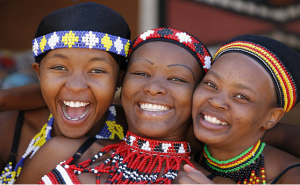 The second-largest is the Sotho – Tswana, whose name is derived from the names of people who primarily speak to them – the Sotho, Pedi, and Tswana. The other two primary linguistic groups are the Tsonga (or Shangaan) speakers concentrated in Limpopo and Mpumalanga provinces. And the Venda speakers are located largely in Limpopo province.
The second-largest is the Sotho – Tswana, whose name is derived from the names of people who primarily speak to them – the Sotho, Pedi, and Tswana. The other two primary linguistic groups are the Tsonga (or Shangaan) speakers concentrated in Limpopo and Mpumalanga provinces. And the Venda speakers are located largely in Limpopo province.
The majority of South Africans (about 80%) are Christians. The largest established Christian denominations directly rooted in European settlement but now drawing members from all ethnic groups are the Methodist, Roman Catholics, Anglican, and Dutch Reformed churches. Many people follow independent African Christian churches, which vary in size from a few to millions of members. Other religions are Hinduism, among most Indians in the country. Islam, among many Indians and Malays, and Judaism among a minority of the white population.
Minorities of South Africa’s population do not belong to any major religion but regard themselves as traditionalists of no specific religious affiliation.

